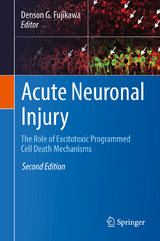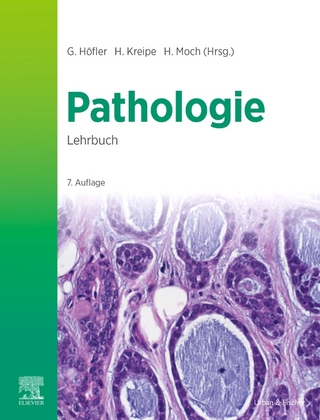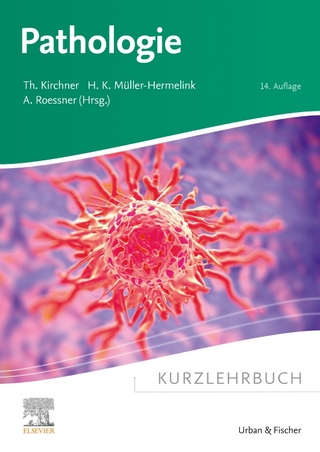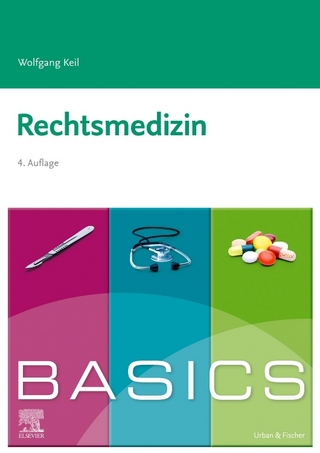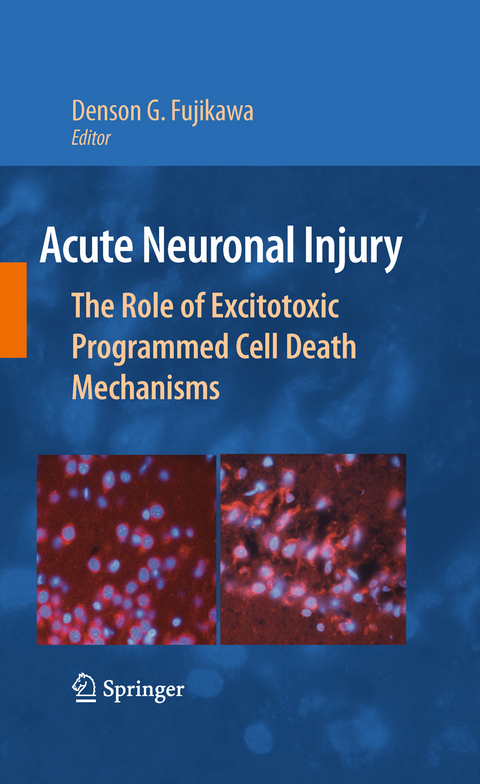
Acute Neuronal Injury
Springer-Verlag New York Inc.
978-1-4899-8285-8 (ISBN)
- Titel erscheint in neuer Auflage
- Artikel merken
Denson G. Fujikawa 2+ In the early 1980s it was recognized that excessive Ca influx, presumably through 2+ 2+ voltage-gated Ca channels, with a resultant increase in intracellular Ca , was associated with neuronal death from cerebral ischemia, hypoglycemia, and status epilepticus (Siejo 1981). Calcium activation of phospholipases, with arachidonic acid accumulation and its oxidation, generating free radicals, was thought to be a potential mechanism by which neuronal damage occurs. In cerebral ischemia and 2+ hypoglycemia, energy failure was thought to be the reason for excessive Ca influx, whereas in status epilepticus it was thought that repetitive depolarizations were responsible (Siejo 1981). Meanwhile, John Olney found that monosodium glutamate, the food additive, when given to immature rats, was associated with neuronal degeneration in the arcuate nucleus of the hypothalamus, which lacks a blood-brain barrier (Olney 1969).
He followed up this observation with a series of observations in the 1970s that administration of kainic acid, which we now know activates the GluR5-7 subtypes of glutamate receptor, and other glutamate analogues, caused not only post-synaptic cytoplasmic swelling, but also dark-cell degeneration of neurons, when viewed by electron microscopy (Olney 1971; Olney et al. 1974).
Dr. Denson Fujikawa is an Adjunct Professor of Neurology at the David Geffen School of Medicine at UCLA, a member of the Brain Research Institute at UCLA and a Staff Neurologist at the Department of Veterans Affairs Greater Los Angeles Healthcare System. His interest in mechanisms of nerve cell death in the brain began during a two-year epilepsy research fellowship with Dr. Claude Wasterlain, from 1981 to 1983. He is a Fellow of the American Academy of Neurology and is a member of the American Epilepsy Society, American Neurological Association, International Society for Cerebral Blood Flow and Metabolism and the Society for Neuroscience.
Caspase-Independent Programmed Cell Death: General Considerations.- Caspase-Independent Cell Death Mechanisms in Simple Animal Models.- Programmed Necrosis: A “New” Cell Death Outcome for Injured Adult Neurons?.- Age-Dependence of Neuronal Apoptosis and of Caspase Activation.- Excitotoxic Programmed Cell Death Involves Caspase-Independent Mechanisms.- Focal Cerebral Ischemia.- Significant Role of Apoptosis-Inducing Factor (AIF) for Brain Damage Following Focal Cerebral Ischemia.- The Role of Poly(ADP-Ribose) Polymerase-1 (PARP-1) Activation in Focal Cerebral Ischemia.- Transient Global Ischemia.- Transient Global Cerebral Ischemia Produces Morphologically Necrotic, Not Apoptotic Neurons.- Apoptosis-Inducing Factor Translocation to Nuclei After Transient Global Ischemia.- Role of µ-Calpain I and Lysosomal Cathepsins in Hippocampal Neuronal Necrosis After Transient Global Ischemia in Primates.- Traumatic Central Nervous System (CNS) Injury.- Mitochondrial Damage in Traumatic CNS Injury.- Programmed Neuronal Cell Death Mechanisms in CNS Injury.- Hypoglycemic Neuronal Death.- Hypoglycemic Brain Damage.- Hypoglycemic Neuronal Death.- Seizure-Induced Neuronal Death.- Tumor Suppressor p53: A Multifunctional Protein Implicated in Seizure-Induced Neuronal Cell Death.- DNA Damage and Repair in the Brain: Implications for Seizure-Induced Neuronal Injury, Endangerment, and Neuroprotection.- Activation of Caspase-Independent Programmed Pathways in Seizure-Induced Neuronal Necrosis.
| Erscheint lt. Verlag | 5.9.2014 |
|---|---|
| Zusatzinfo | XII, 306 p. |
| Verlagsort | New York |
| Sprache | englisch |
| Maße | 155 x 235 mm |
| Themenwelt | Medizin / Pharmazie ► Medizinische Fachgebiete ► Neurologie |
| Medizin / Pharmazie ► Medizinische Fachgebiete ► Psychiatrie / Psychotherapie | |
| Studium ► 2. Studienabschnitt (Klinik) ► Pathologie | |
| Naturwissenschaften ► Biologie ► Genetik / Molekularbiologie | |
| Naturwissenschaften ► Biologie ► Humanbiologie | |
| Naturwissenschaften ► Biologie ► Zellbiologie | |
| Naturwissenschaften ► Biologie ► Zoologie | |
| ISBN-10 | 1-4899-8285-X / 148998285X |
| ISBN-13 | 978-1-4899-8285-8 / 9781489982858 |
| Zustand | Neuware |
| Informationen gemäß Produktsicherheitsverordnung (GPSR) | |
| Haben Sie eine Frage zum Produkt? |
aus dem Bereich
